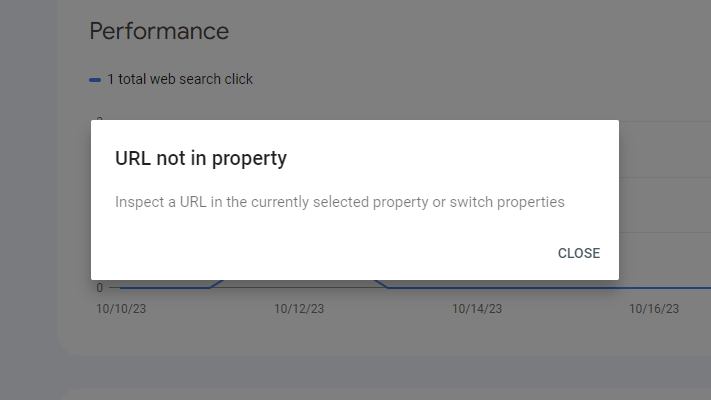The 9 Key Sources Google Uses to Generate Your Title Link for SERPs
When it comes to optimizing your website for search engines, one of the most important elements is the title link that appears on a Search Engine Results Page (SERP).
But did you know that Google doesn’t rely on just one source for crafting this title? In fact, it taps into nine potential sources to create the best possible title link for your webpage. Understanding these sources can greatly enhance your SEO efforts.

The Nine Sources of Google's Title Link Magic
Here’s a breakdown of these nine critical sources:
1. Content in Title Elements
The title tag in your page's HTML is often the primary source Google uses. This tag should be a concise, keyword-rich description of your page's content. Ensure it's engaging and accurately reflects what users will find on the page.
2. Main Visual Title on the Page
Sometimes Google looks beyond code and scans the main visual title that’s prominently displayed on your page. This could be the headline or any large, styled text at the top, often matching the <h1> tag. It’s important to make this text align with the user's intent and your targeted keywords.
3. Heading Elements, Especially H1
The heading tags, especially the <h1> tag, are critical for SEO. Google uses these headings as a strong signal for understanding the structure and primary focus of your content. Having a clear, descriptive <h1> helps Google better understand the topic of your page.
4. Content in og:title Meta Tags
If your page has Open Graph (OG) tags, particularly the og:title, Google might pull this information to display in SERPs. These tags are often used for social media sharing, but they can also play a role in how your page appears in search results.
5. Other Prominent Content with Style Treatments
If there’s any other large or prominently styled text on the page—whether it's a subheading or key call-to-action—Google may pull from this too. Be mindful of making important text both user-friendly and keyword-rich.
6. Other Text Contained in the Page
Aside from the obvious elements, Google can extract your title link from any text it finds useful within your content. This highlights the importance of having well-written, clear, and relevant content throughout the page.
7. Anchor Text on the Page
Anchor text is the clickable text in a hyperlink, and it’s another possible source Google can use. Internal and external links that point to your page should use descriptive and relevant text, as it could become the title link displayed in the SERP.
8. Text Within Links That Point to the Page
Google also considers the anchor text of external links pointing to your page. Having quality backlinks with clear and relevant text increases your chances of ranking better and can influence the title link that Google displays.
9. WebSite Structured Data
If your site is utilizing structured data, such as schema.org's WebSite schema, Google may use this as part of determining your title link. Properly implementing structured data helps search engines better understand your site and increases the likelihood of generating an optimal title.
What Does This Mean for You?
Now, you might be thinking, "Whoa, that's a lot to keep track of!" And you're right, it is. But here's the silver lining: this gives you more opportunities to optimize your content for those coveted search results.
By paying attention to all these elements, you're essentially giving Google more options to choose from when deciding how to present your page in search results.
It's like giving them a buffet of delicious title options, increasing your chances of having a mouthwatering title link that searchers just can't resist clicking.
How Can You Improve Your Title Links?
To ensure your title links are crafted in the best possible way, focus on the following strategies:
- Write clear and concise title tags that accurately describe the content.
- Make sure your headings and main visual titles are aligned with your content’s intent.
- Utilize structured data and meta tags to help Google better interpret your site.
- Maintain consistent anchor text across internal and external links.
So, the next time you're optimizing a page, don't just focus on that <title> tag. Take a holistic approach and make sure all these elements are working together to paint a clear, enticing picture of what your page is about.
Remember, in the world of SEO, every little detail counts. And now that you know about Google's nine secret sources for title links, you're one step ahead of the game.

![Google Warns Against URLs with Double Slashes [Solved] – 2024 Google Warns Against URLs with Double Slashes [Solved] – 2024](https://www.wpconsults.com/wp-content/uploads/2023/12/URLs-with-double-slashesoogle-SEO-office-hours-from-December-2023-YouTube-768x360.png)



